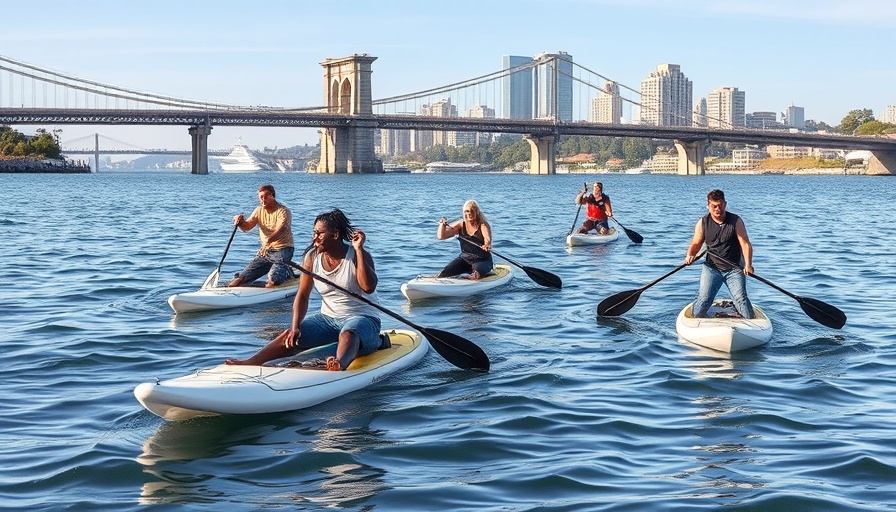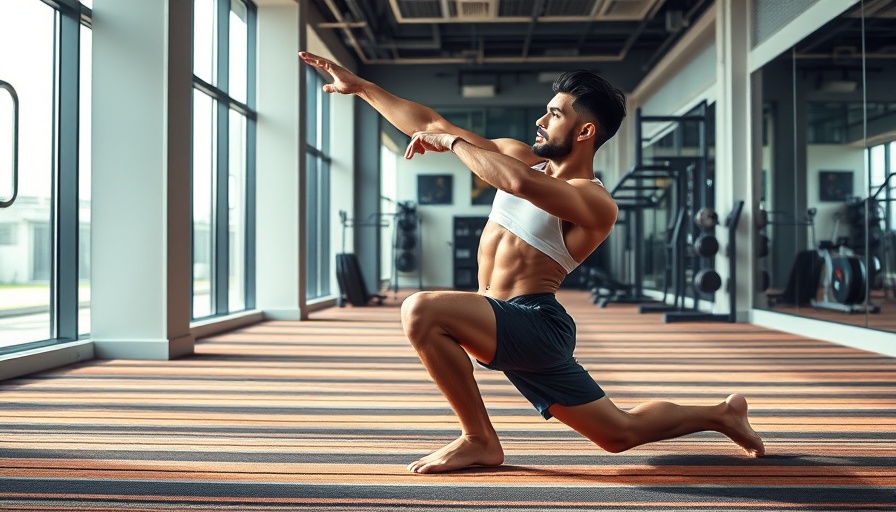
Understanding Water Sports Injuries: Beyond Just a Splash
Engaging in water sports is an exhilarating way to enjoy the great outdoors, but it also bears risks that can lead to injuries ranging from minor sprains to severe accidents. Factors such as the type of activity, environmental conditions, and personal limitations all play significant roles in determining safety when participating in water sports. By understanding these risks and taking strategic precautions, enthusiasts can minimize the likelihood of injury and enhance their overall experience.
Common Water Sports Injuries and Their Causes
Water sports injuries often stem from a combination of physical overexertion and environmental hazards. Some of the most frequent injuries include:
- Shoulder Injuries: Activities like surfing and water skiing can lead to shoulder strains or tears, particularly due to improper technique or excessive force.
- Wrist and Ankle Injuries: As participants maneuver through waves, they can easily twist or injure their wrists or ankles during falls or sudden movements.
- Cuts and Abrasions: Sharp coral or rocky shores can cause cuts and scrapes, which can vary in severity depending on care.
These injuries can often be prevented with appropriate techniques and safety precautions. Proper warm-up exercises, strength training, and correct gear can all play essential roles in injury prevention.
Safety Tips for Enjoying Water Sports
By adopting specific safety practices, individuals can significantly reduce their risk of injury while participating in water sports. Here are some valuable tips:
- Always Wear a Life Jacket: Regardless of swimming ability, wearing a properly fitted life jacket is crucial for safety in any water activity.
- Stay Hydrated: Engaging in physical activities in the sun can lead to dehydration, thereby increasing the risk of injury. Drink water before, during, and after participating.
- Know Your Limits: Be honest about your skills and physical condition. Avoid challenging activities until you gain experience and confidence.
- Warm Up and Stretch: Taking time for proper warm-up and stretching can prepare your muscles and reduce the risk of strain or tears.
Combining these safety tips with sincere attention to technique can greatly enhance enjoyment while minimizing the possibility of injuries.
The Role of Equipment in Injury Prevention
The right equipment can make all the difference in ensuring safety during water sports. Here’s what individuals should know about choosing and using gear:
- Quality Matters: Always invest in proper equipment that meets safety standards. Equipment that is too old or damaged can fail when needed the most.
- Fit and Comfort: Ensure that all gear fits appropriately and is comfortable. Ill-fitting gear can impede movement and contribute to injuries.
- Regular Checks: Maintain and inspect equipment regularly. Check for any signs of wear and tear to ensure optimal performance.
Access to high-quality gear can enhance both the performance and the safety of water sports activities.
Recognizing and Responding to Water Sport Injuries
Even with the best precautions, accidents can happen. Understanding how to respond in case of an injury is crucial. Here’s a quick guide:
- Stay Calm: Panic can worsen the situation. Remain calm and assess the injury without exacerbating it.
- Basic First Aid: Have knowledge of basic first aid to handle minor injuries, including applying ice and elevating injured limbs.
- Seek Medical Help: For more severe injuries, do not hesitate to seek professional medical attention.
Being prepared with knowledge and training can significantly mitigate the risks associated with water sports.
Final Thoughts: The Joy of Safe Water Sports
Water sports can be a delightful way to connect with nature and enjoy physical activity. However, it is essential to approach it with a responsible mindset. By understanding the common risks, following safety tips, and choosing appropriate equipment, individuals can thrive in aquatic environments while safeguarding their health. Remember, the key to enjoying any sporting activity lies in the balance between excitement and safety.
For those venturing into water sports, prioritize these practices to reduce potential injuries and enjoy every ripple of fun!
 Add Row
Add Row  Add
Add 




Write A Comment